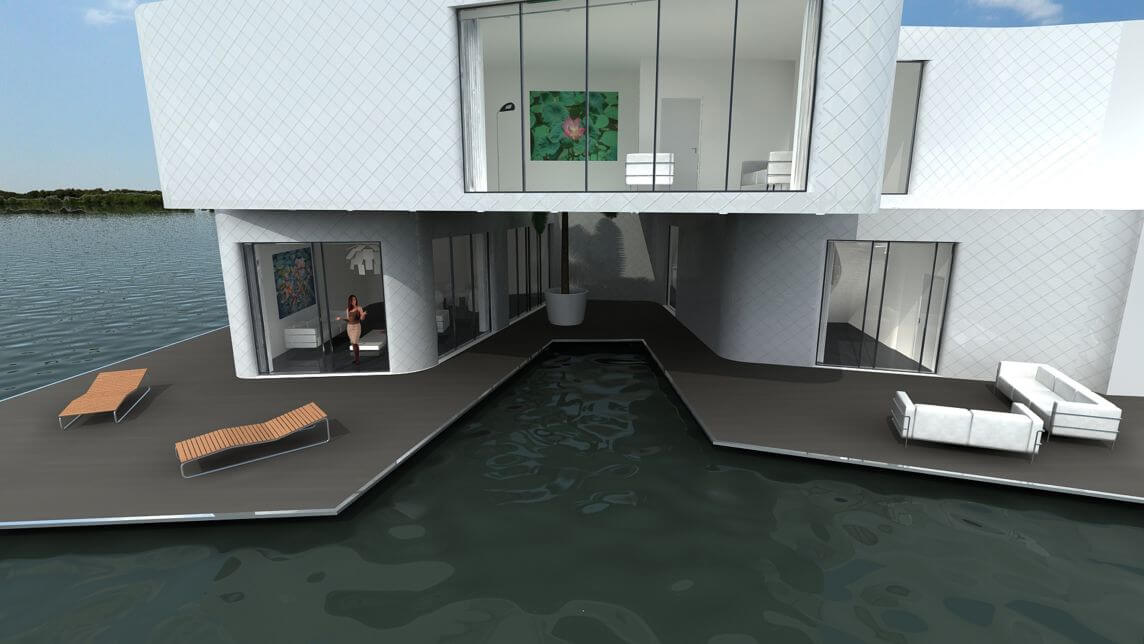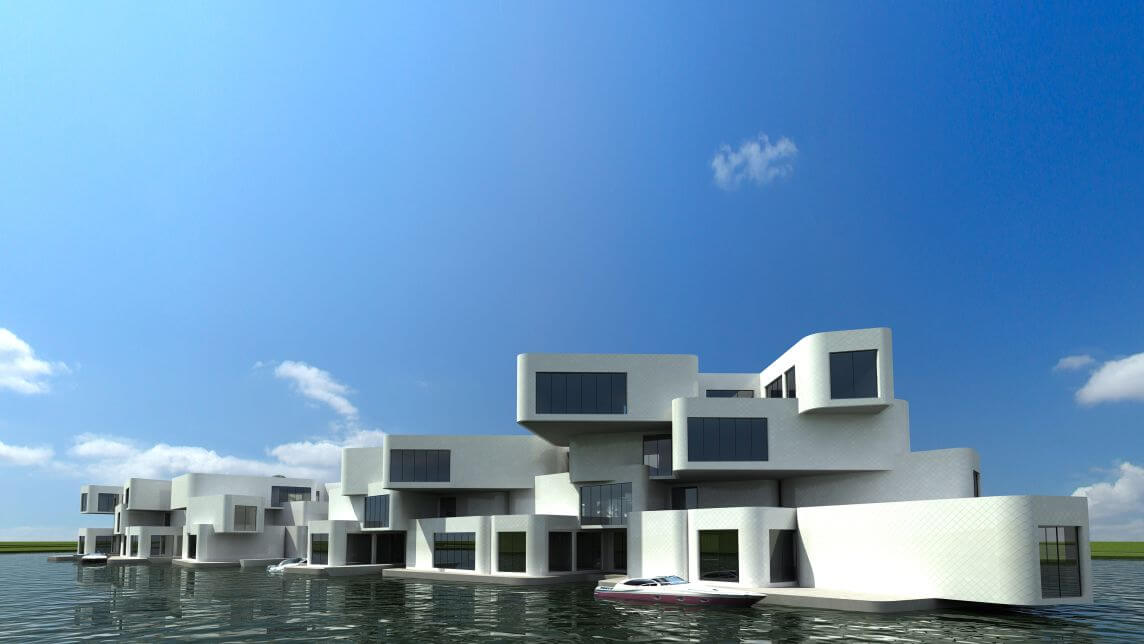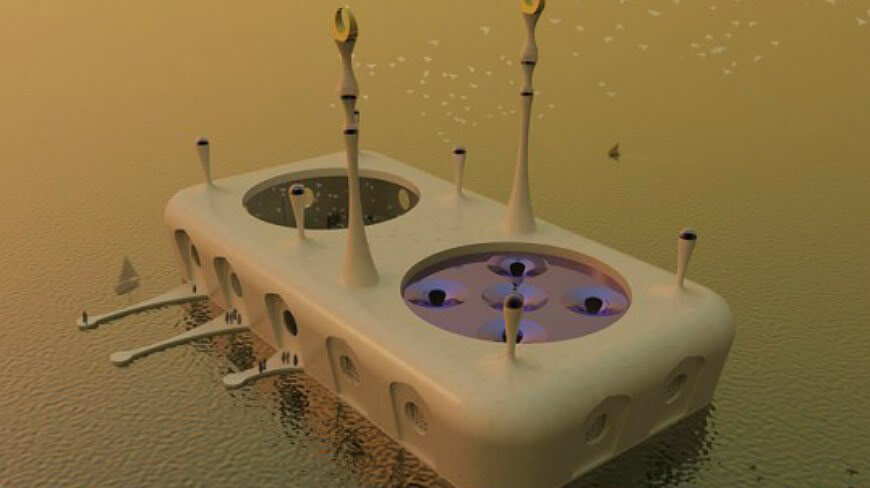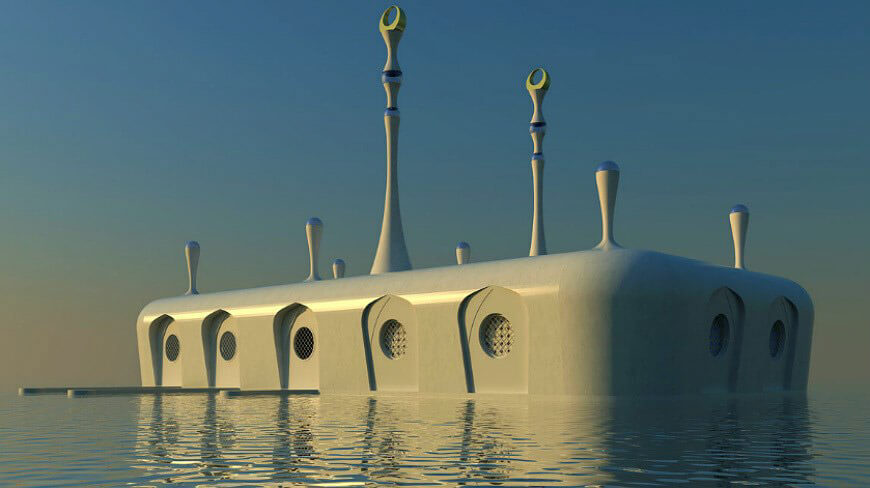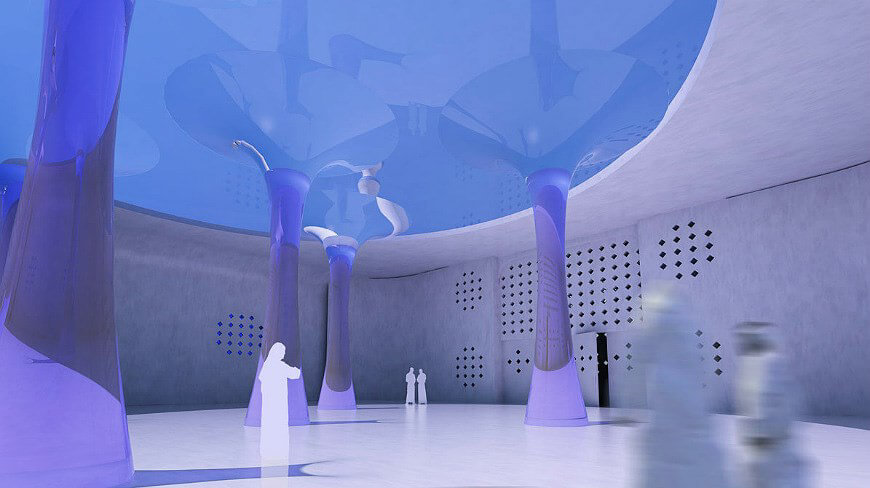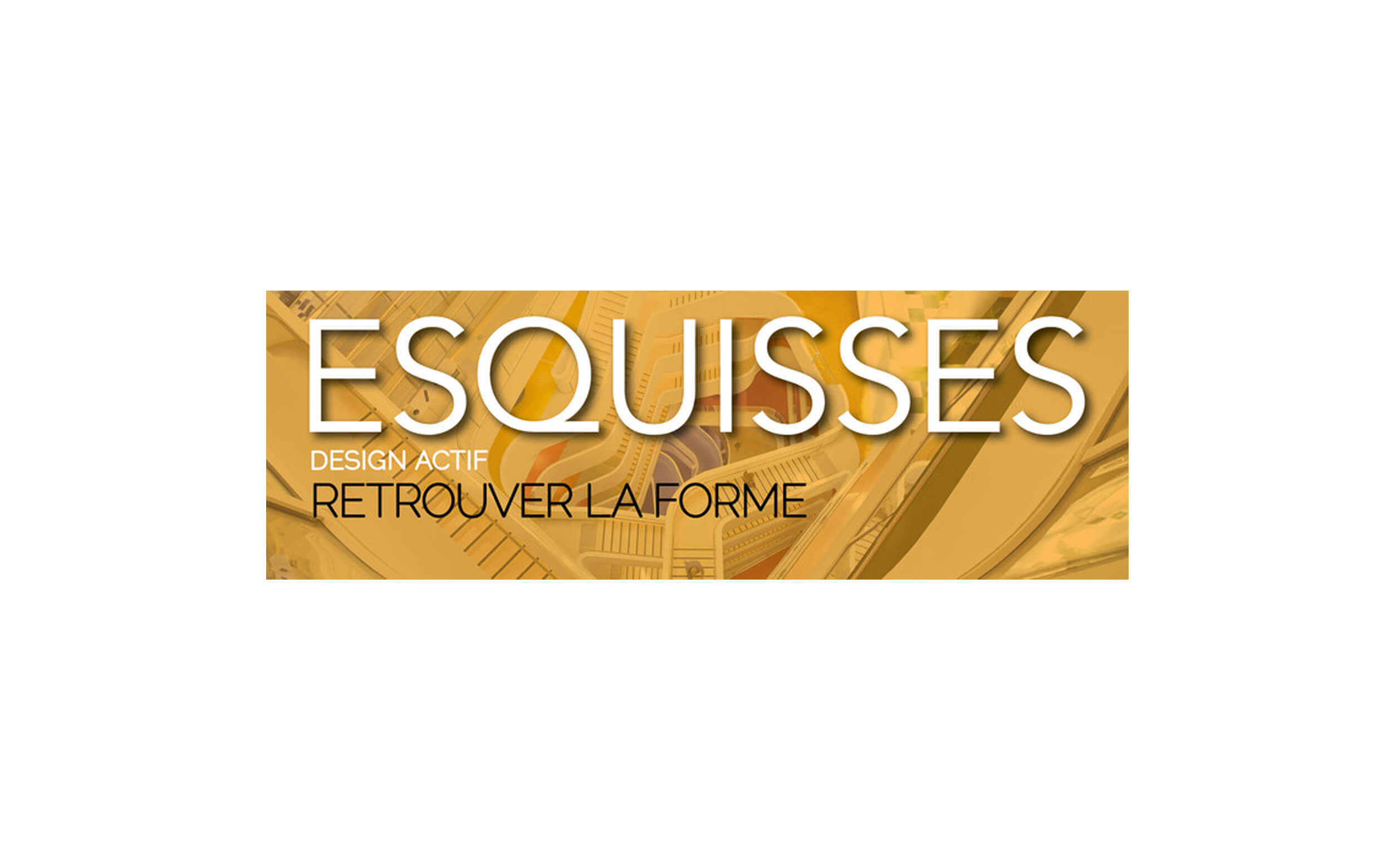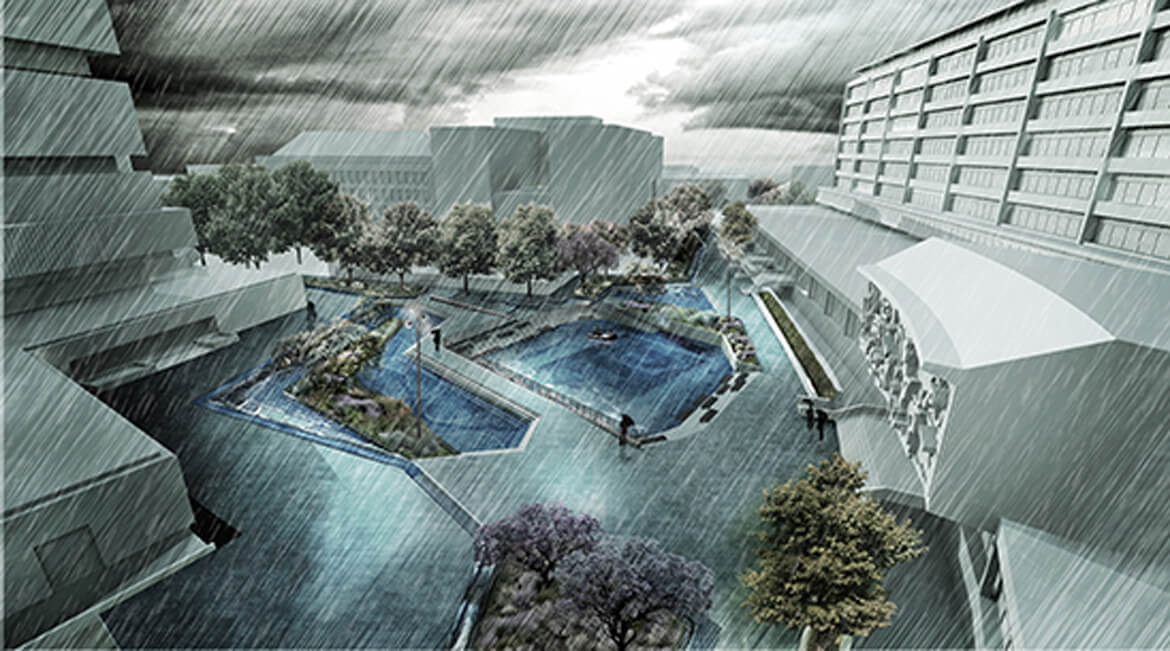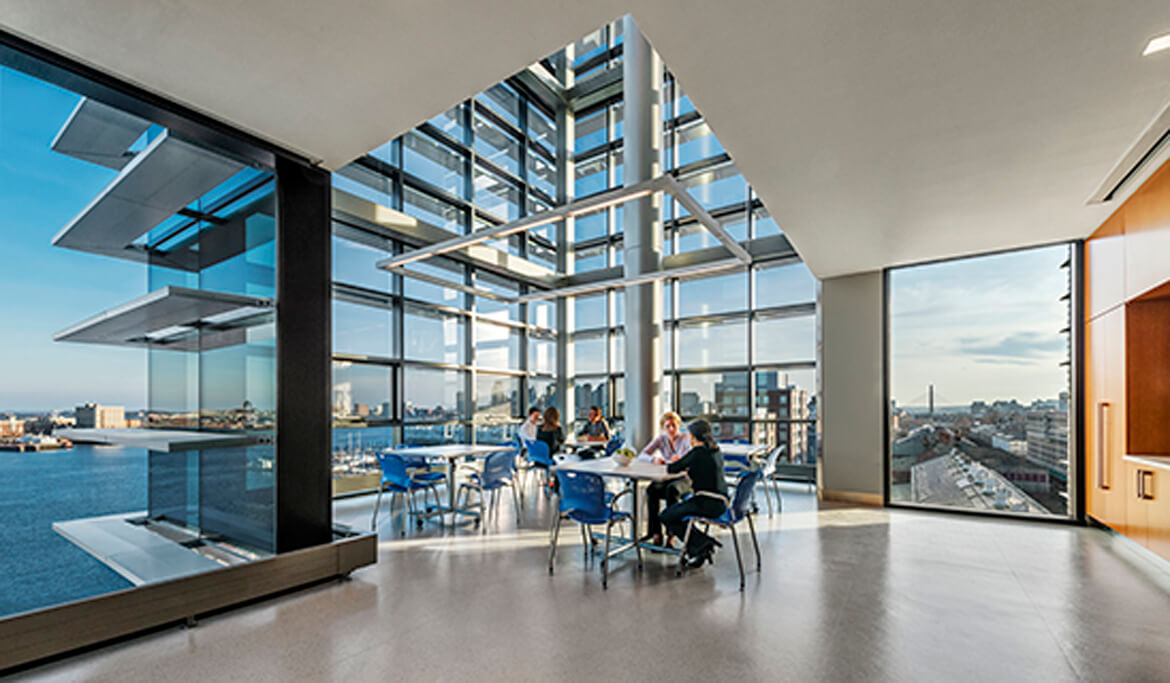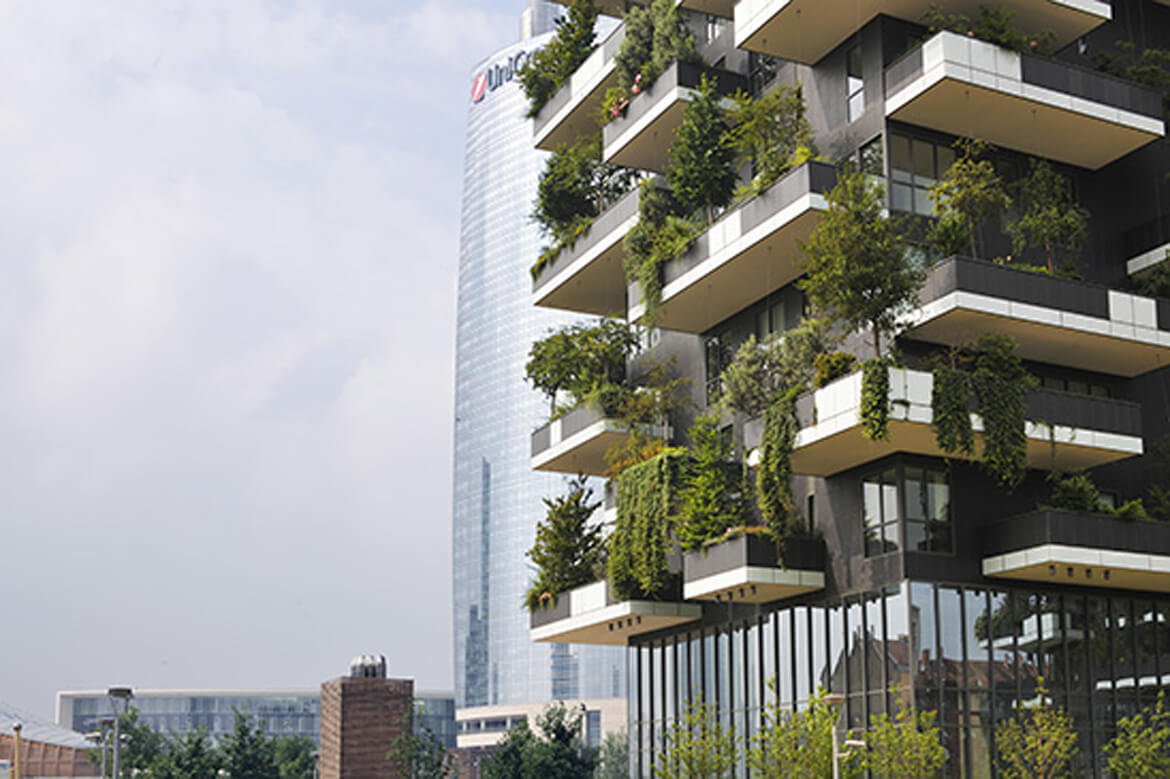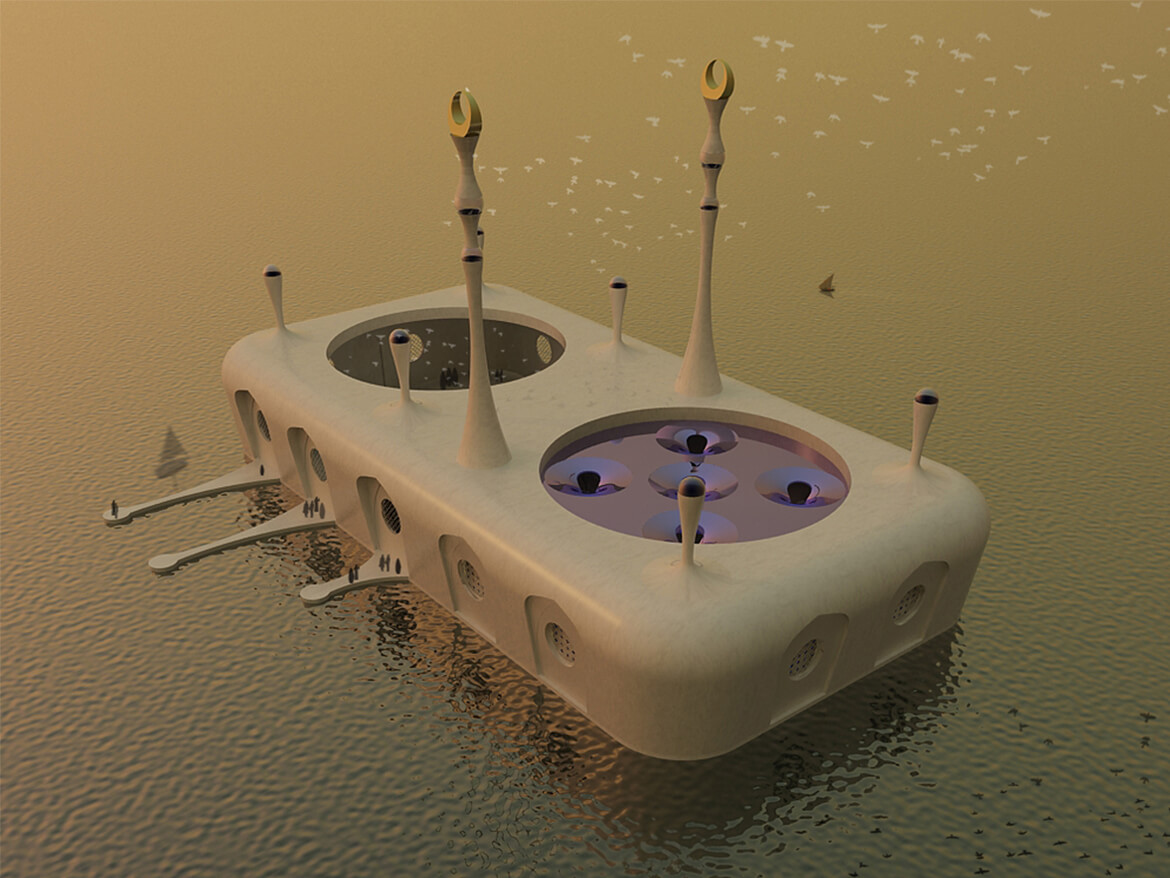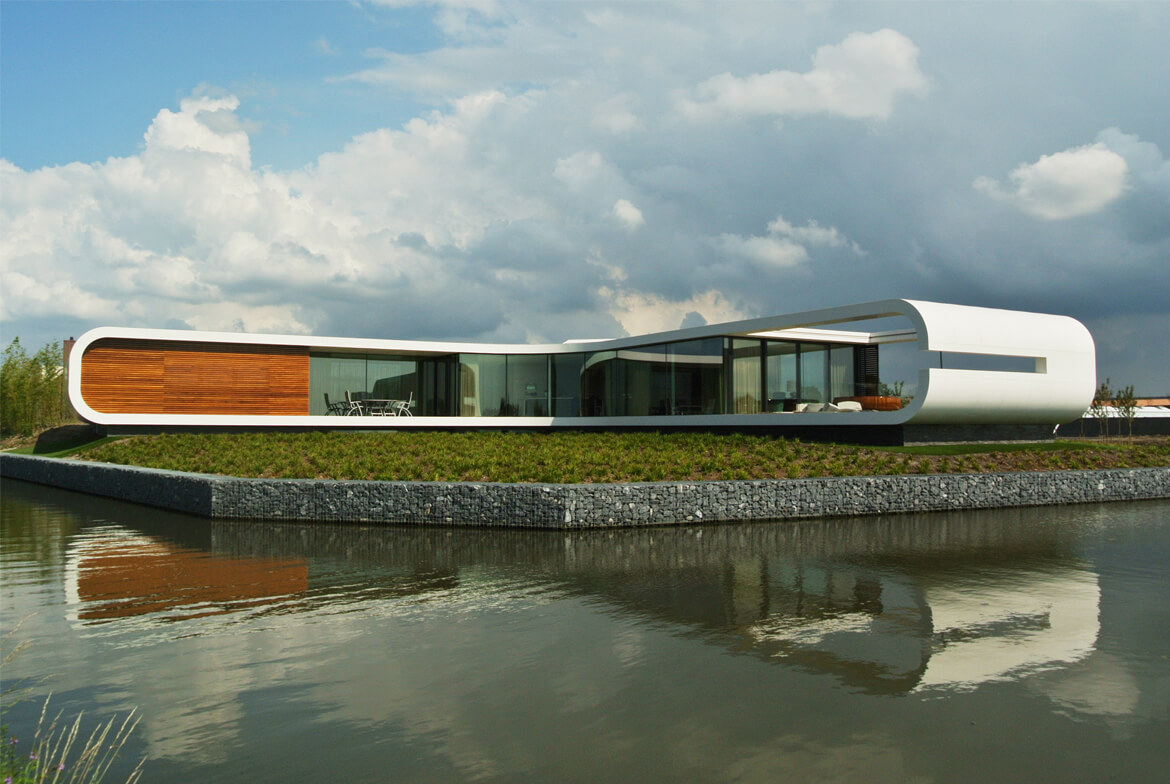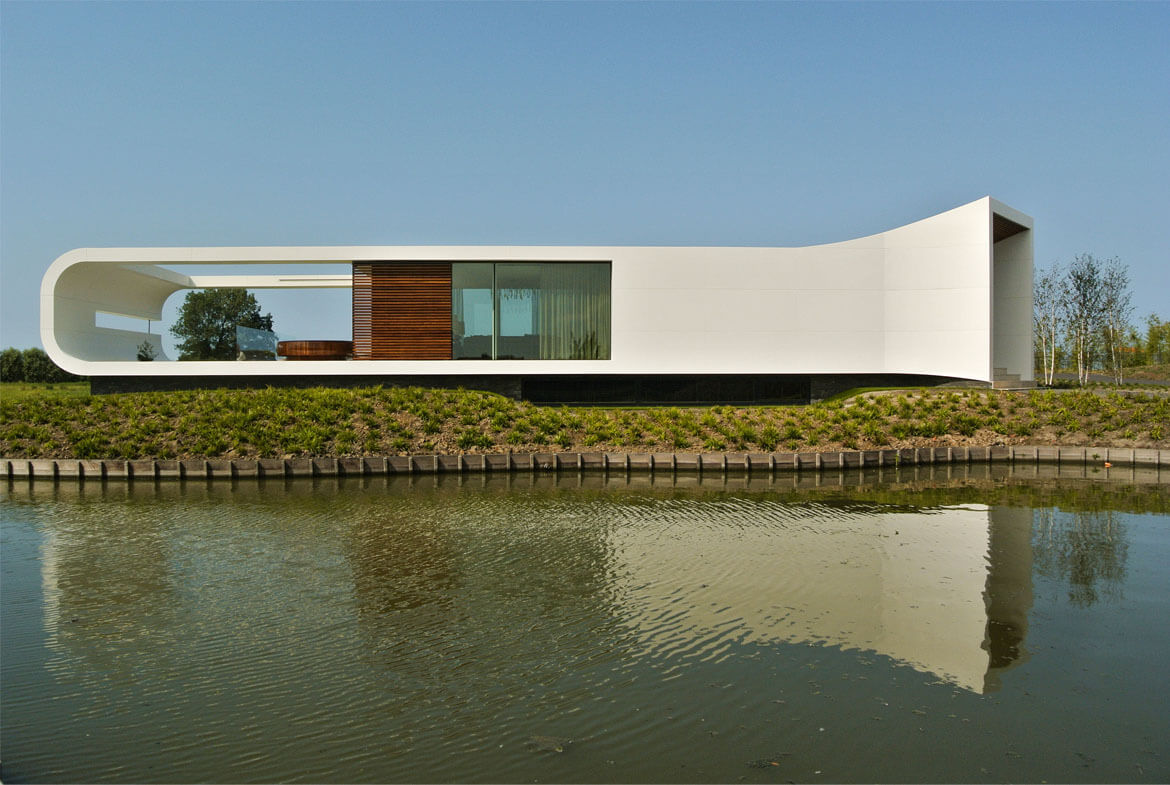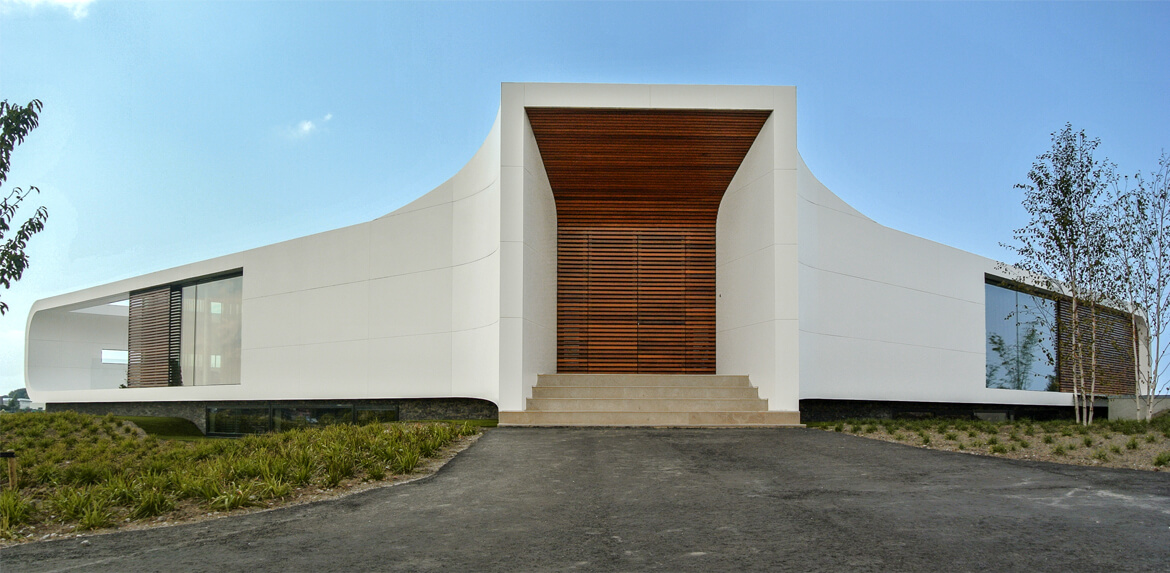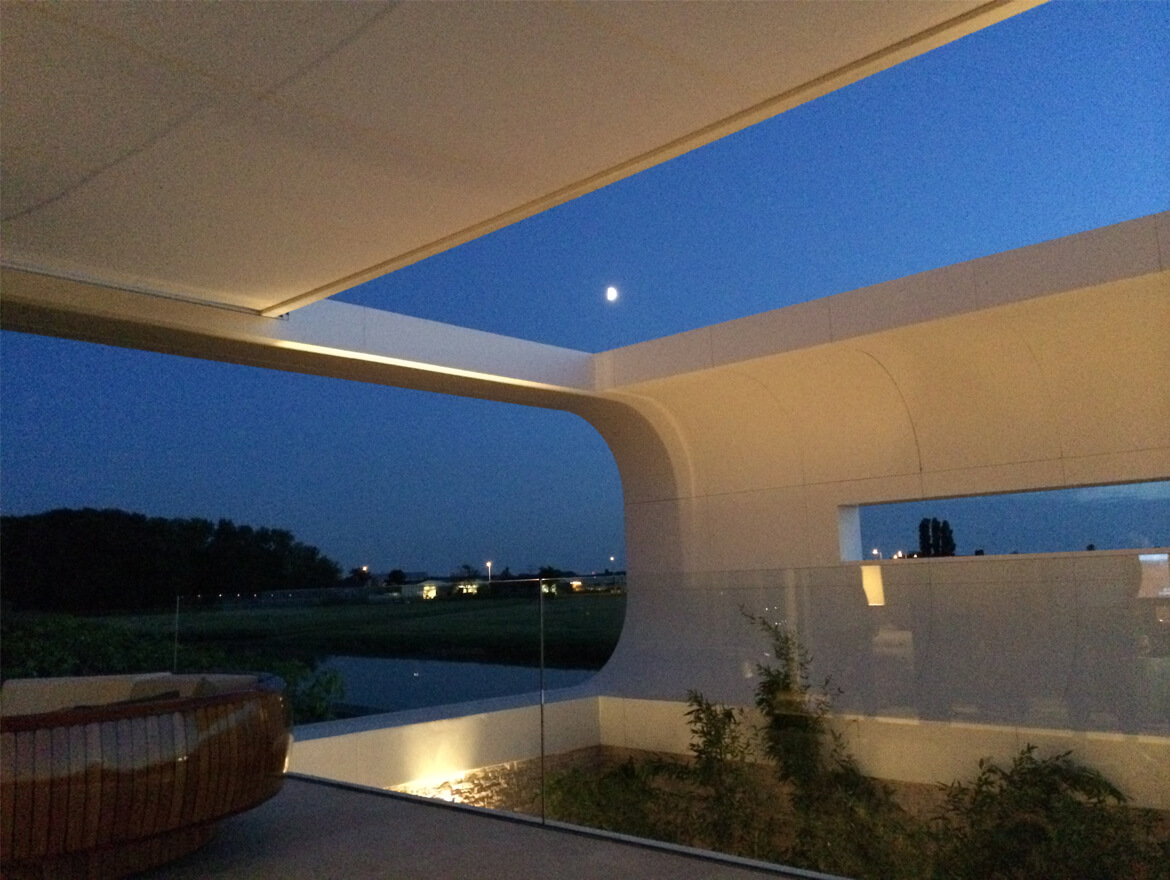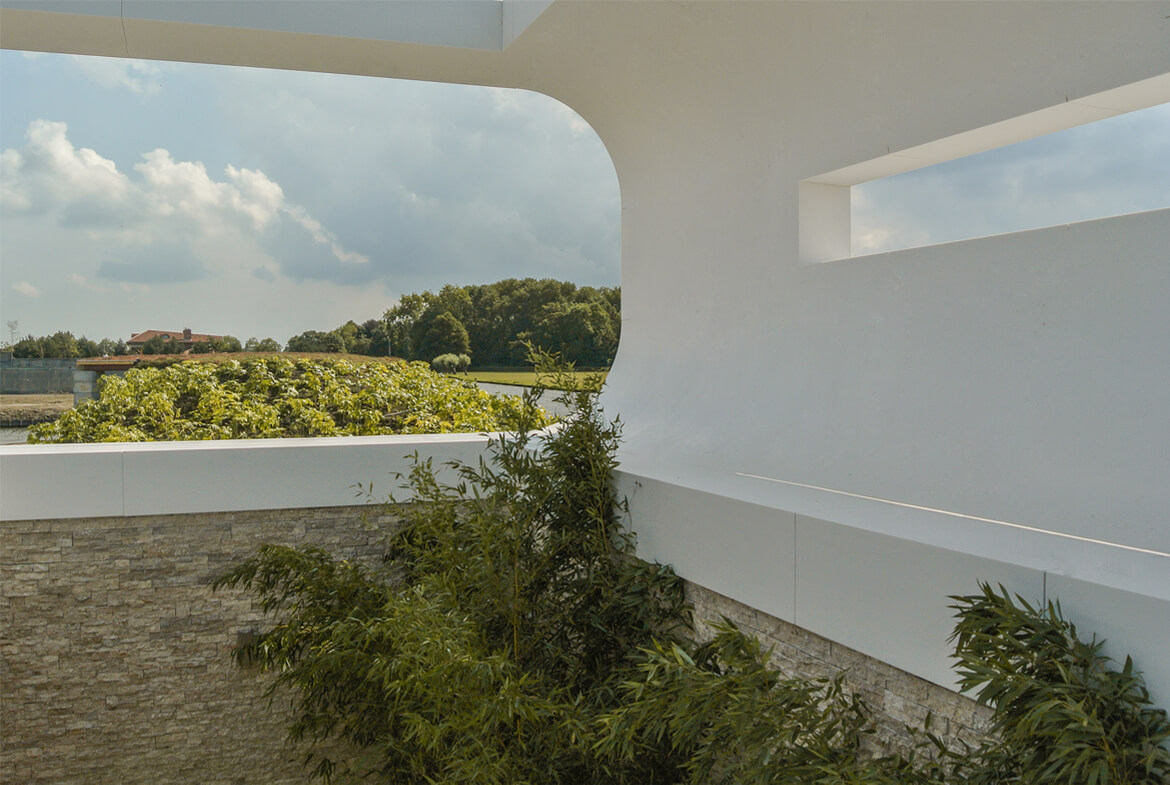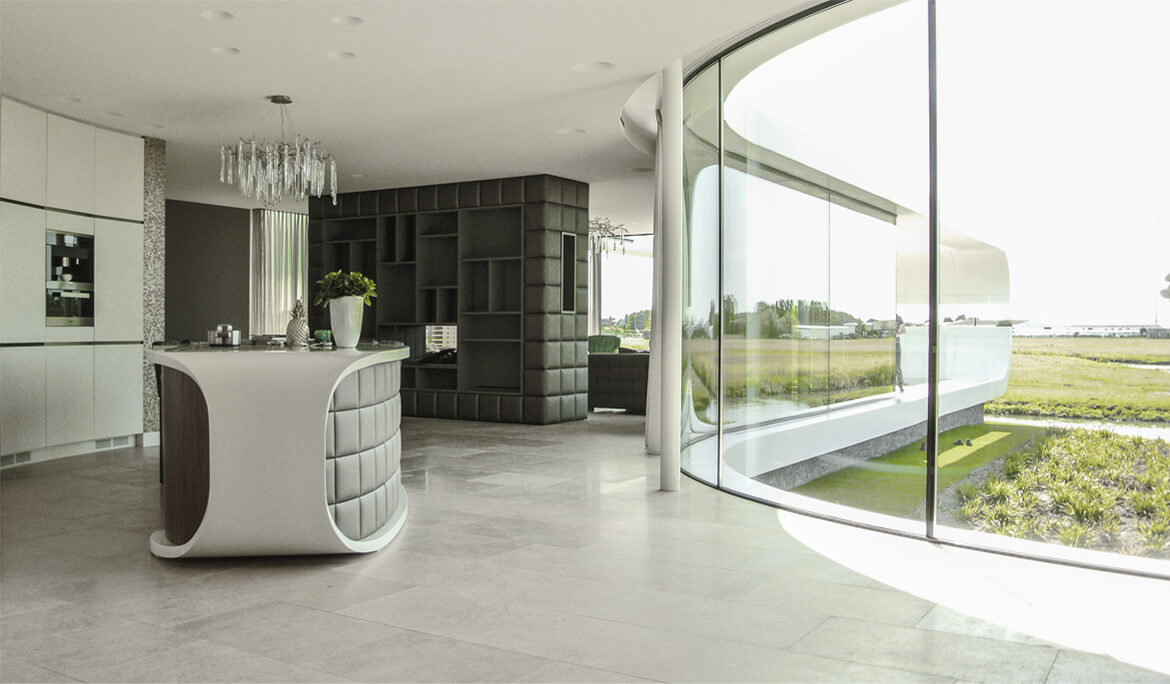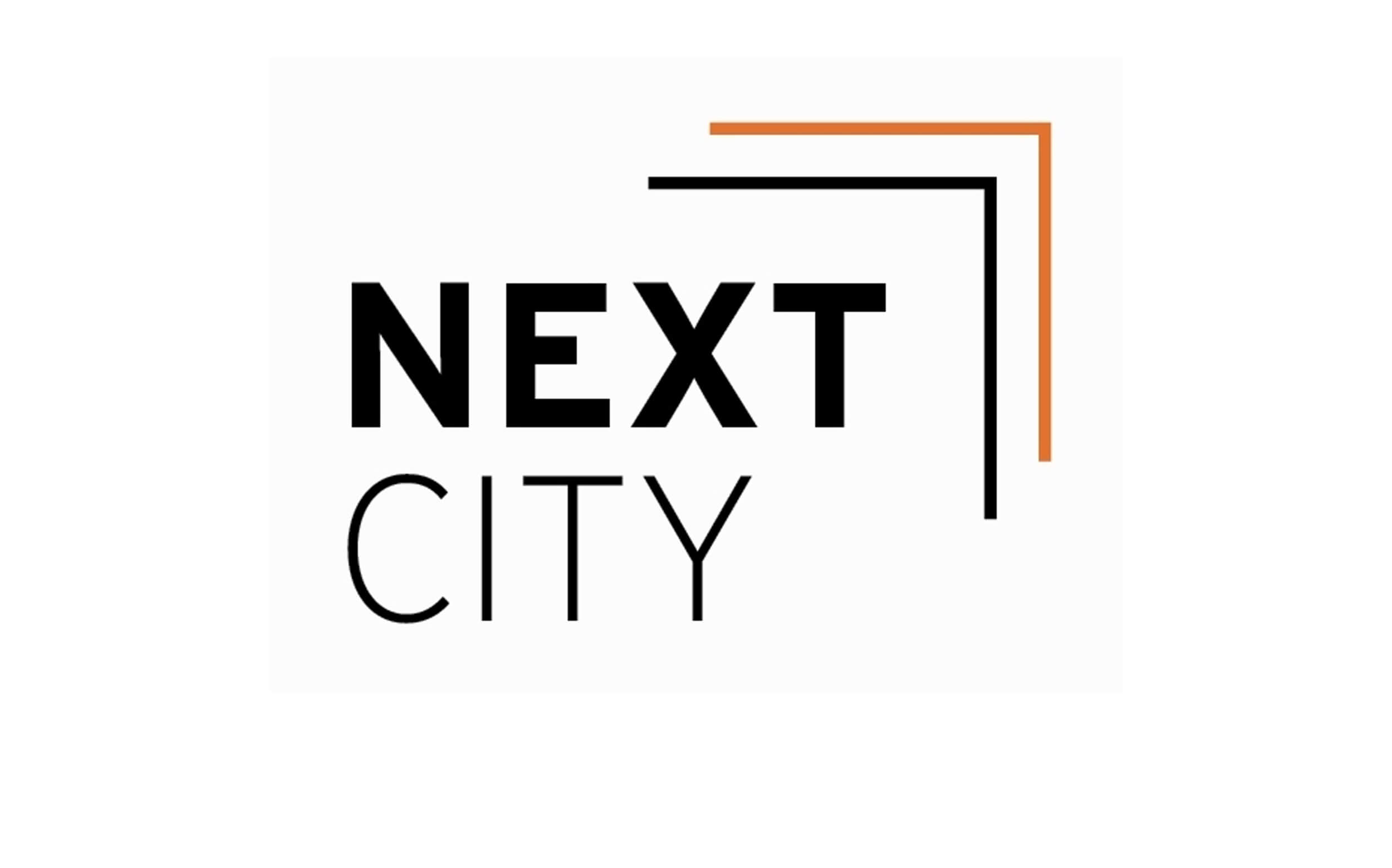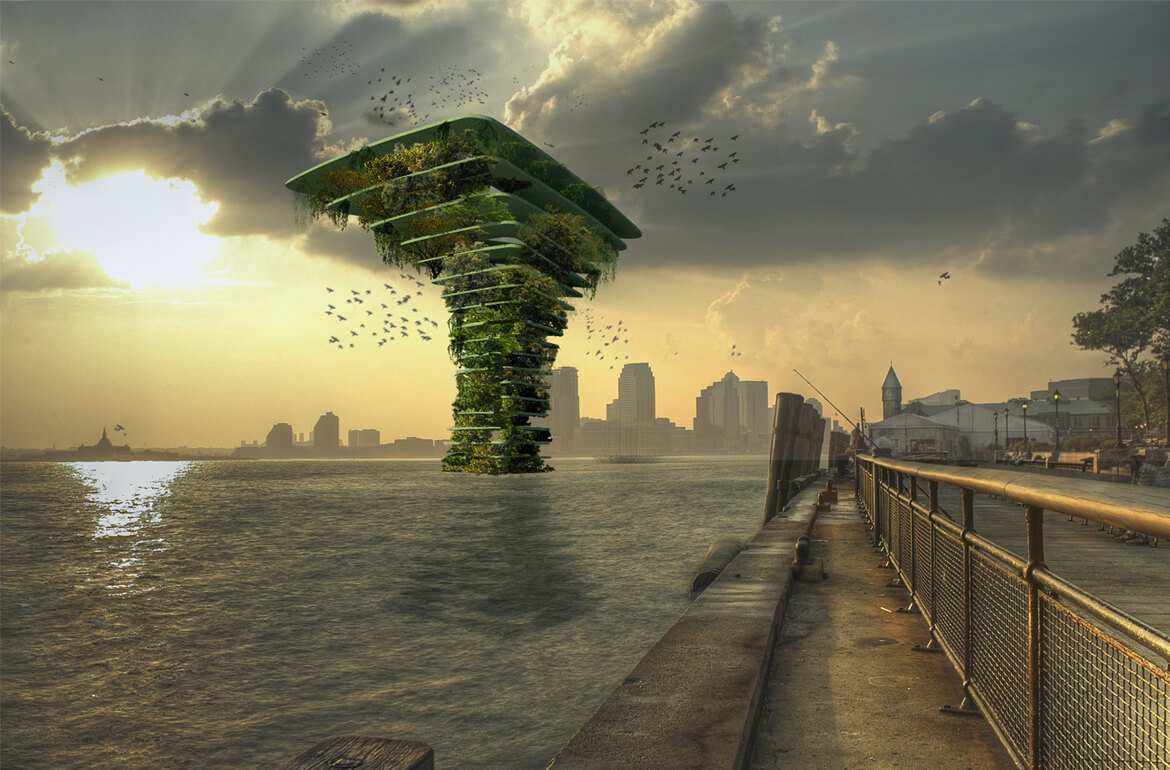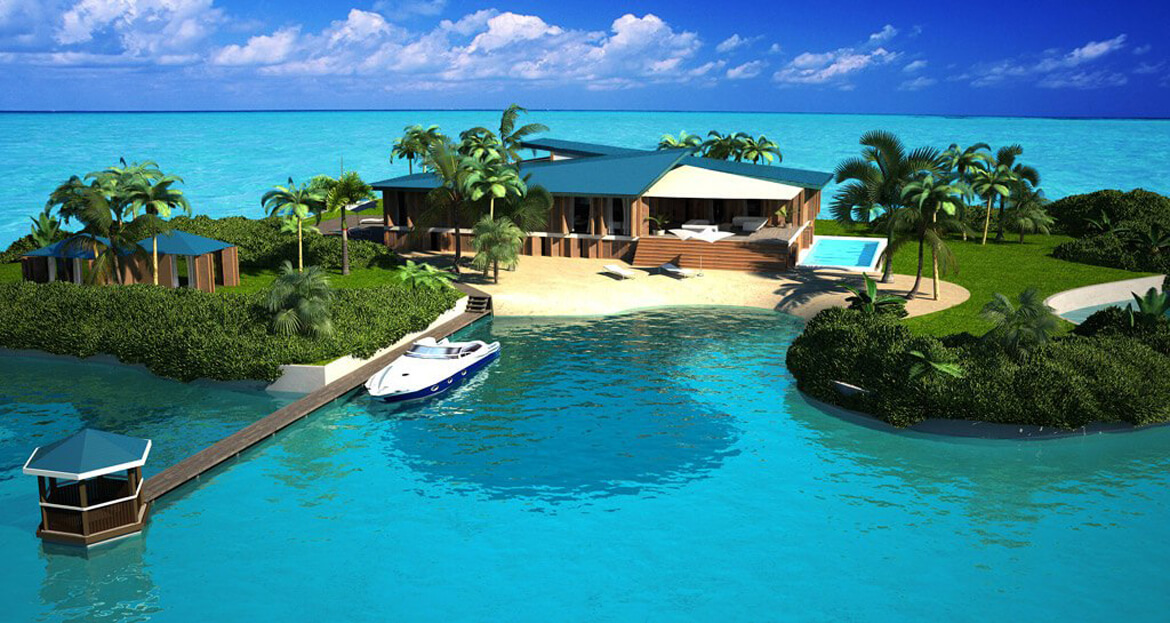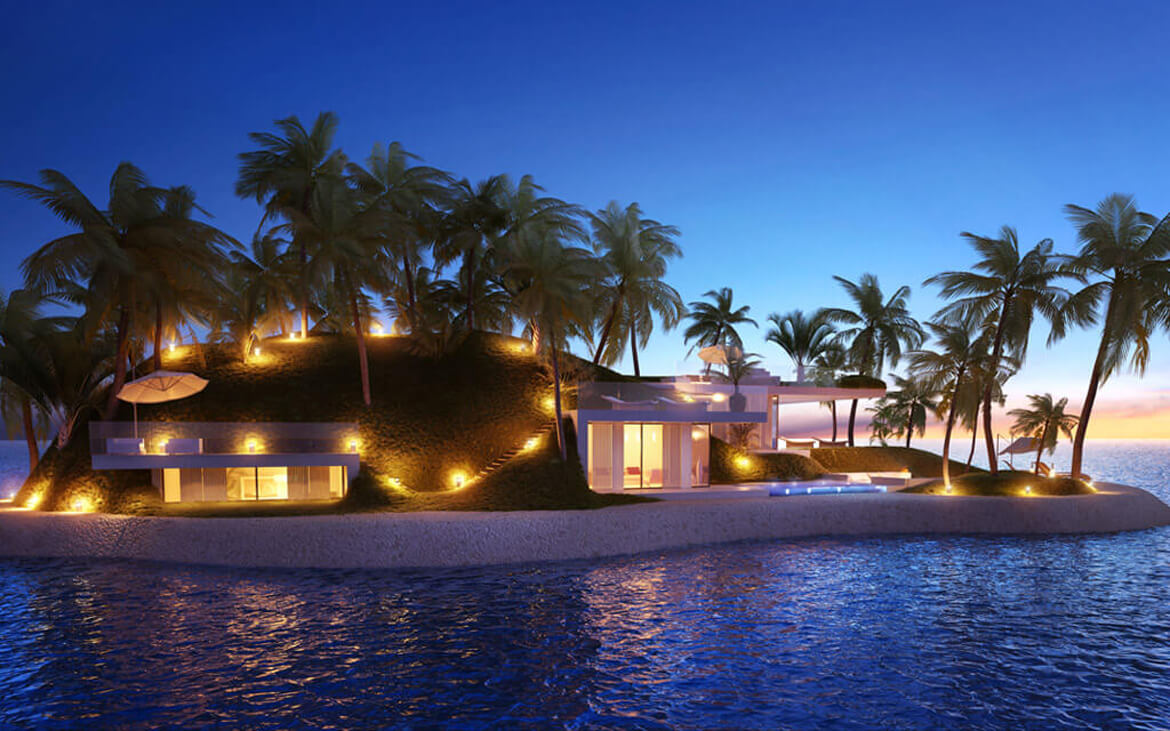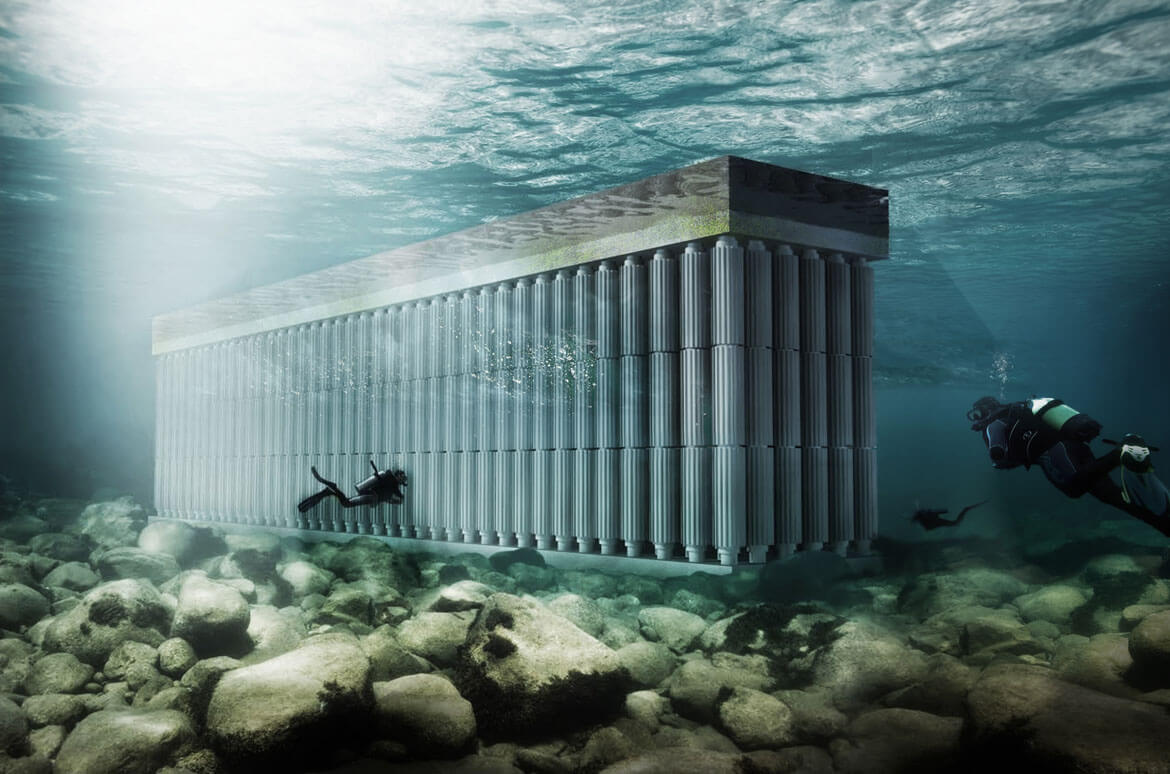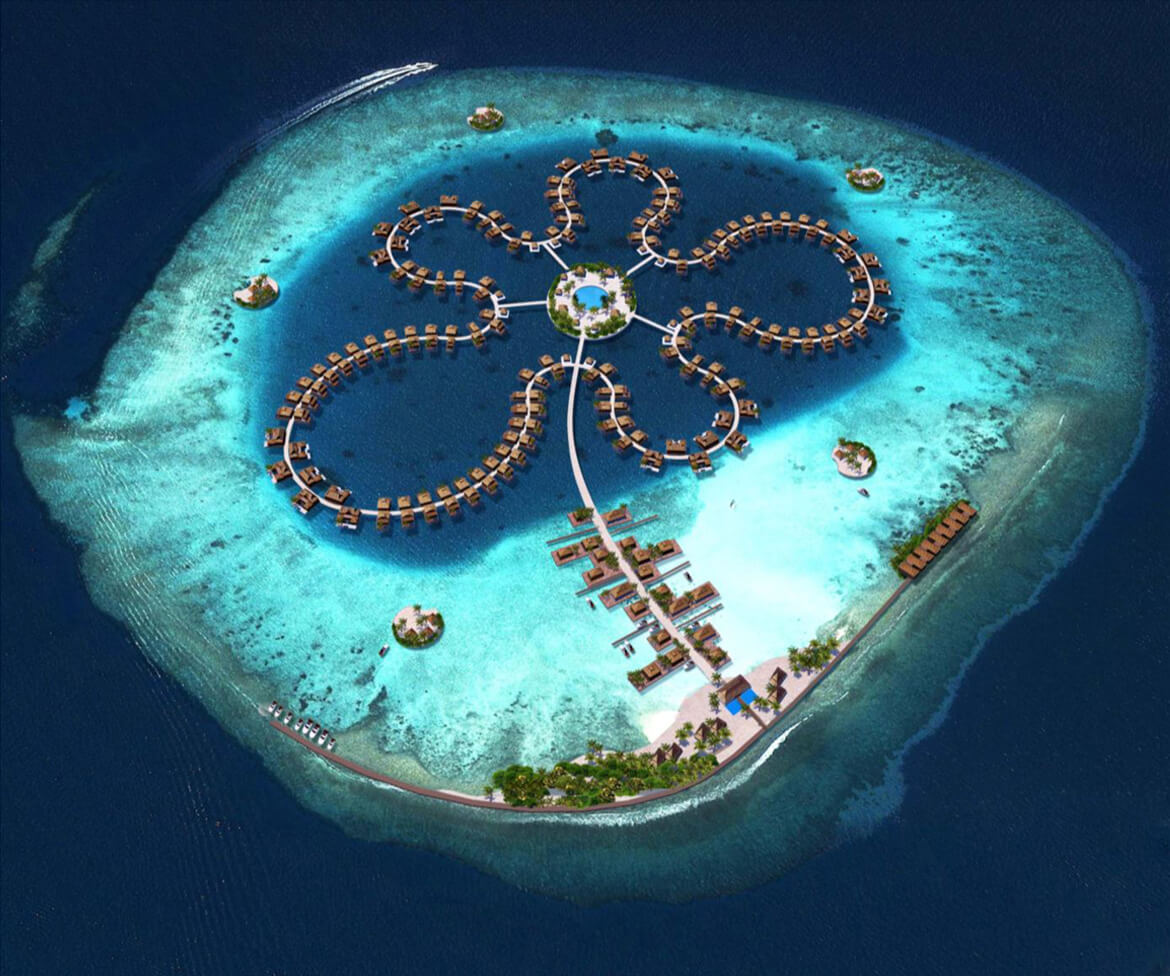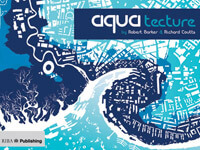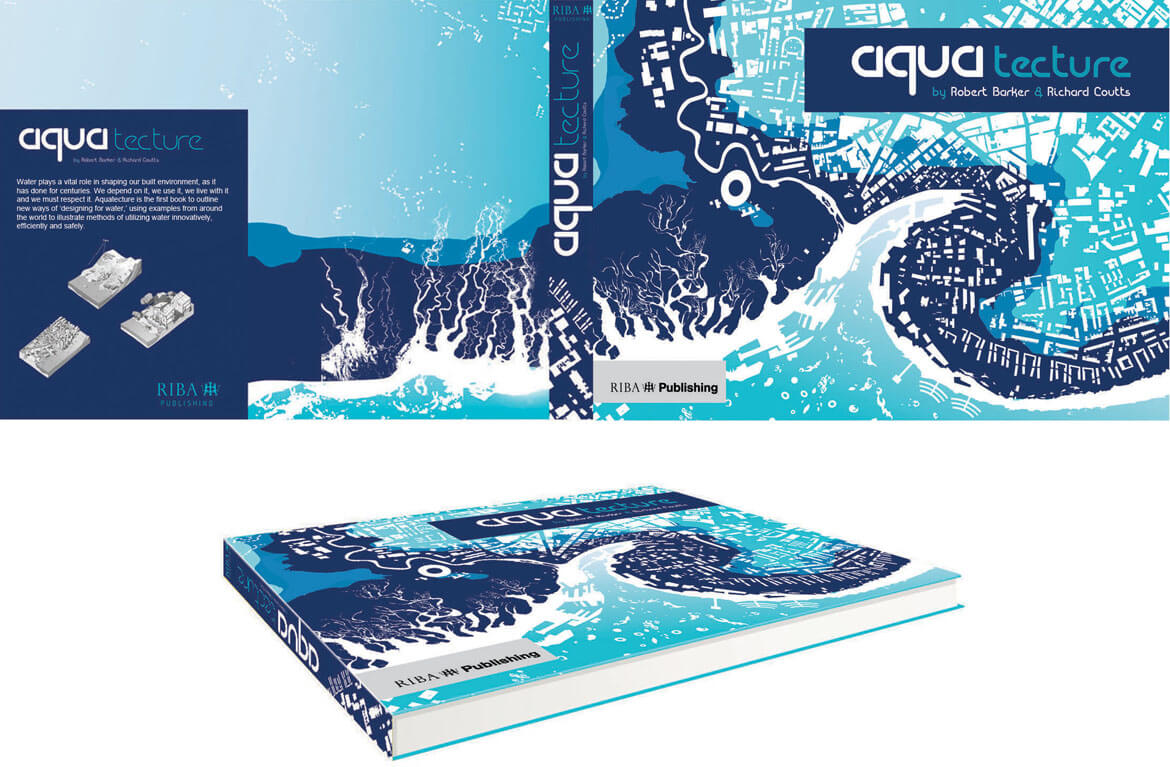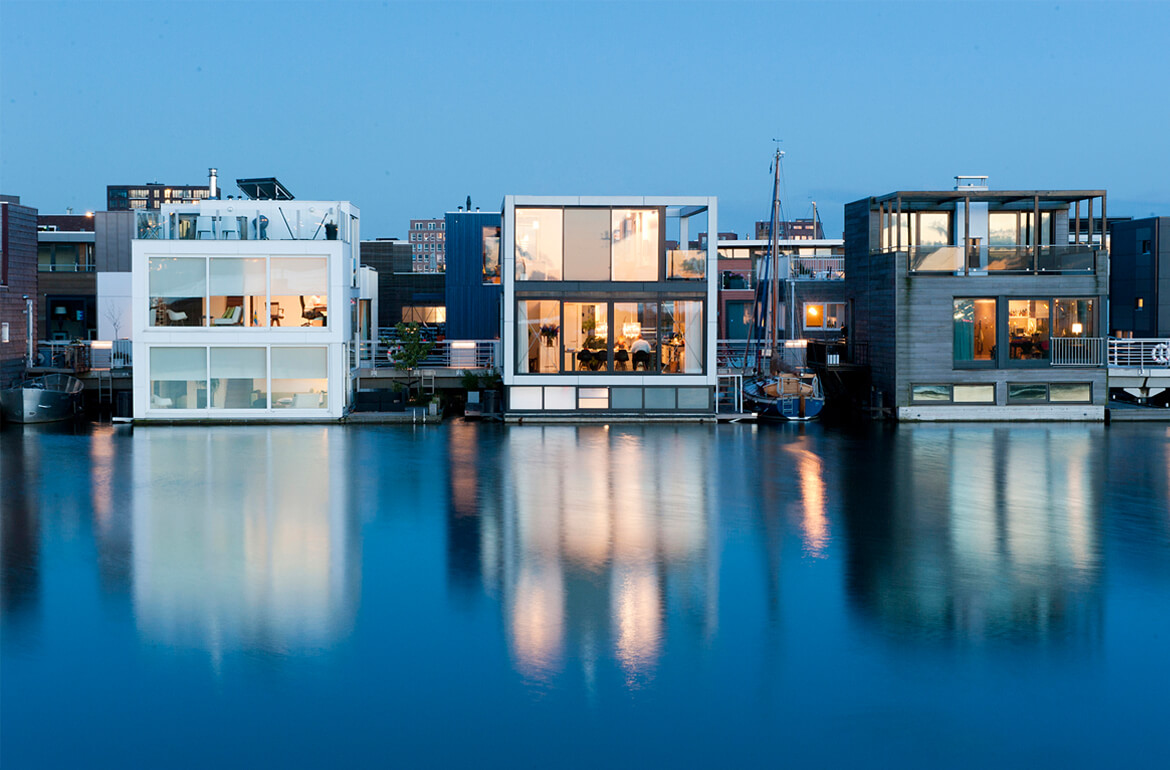Het conflict van de dynamische mens met statische steden en gebouwen
By Tanny de Nooy
Blandlord
July.1.2016
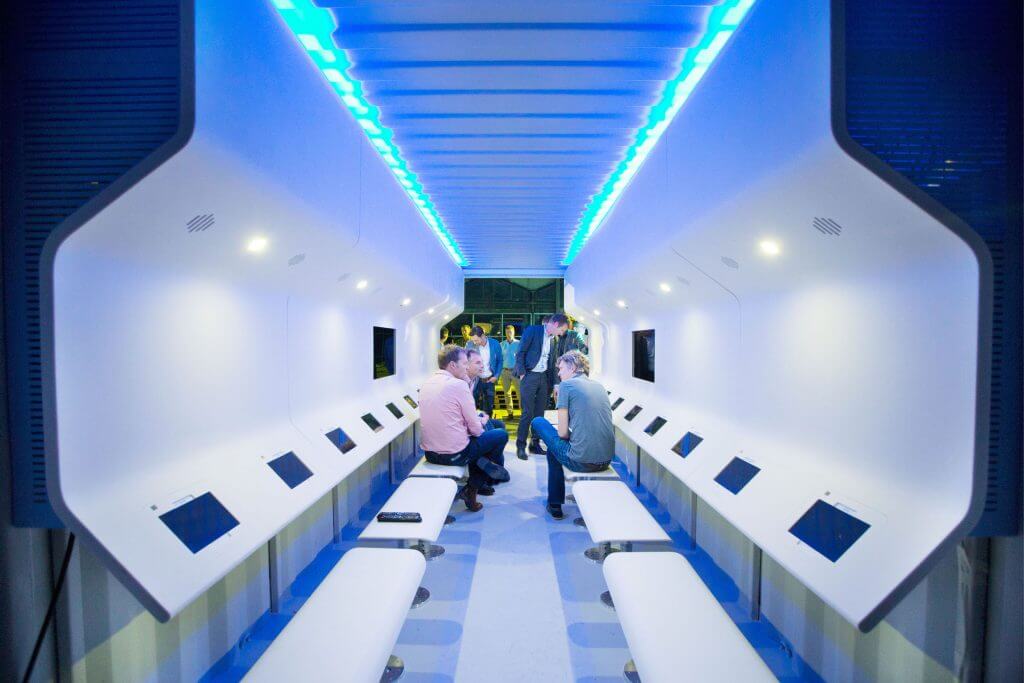
1 Juli 2016 Blandlord
Vastgoed móet flexibiliteit gaan bieden
Koen Olthuis studeerde Architectuur en Industrieel Ontwerp aan de TU Delft. Hij werkt sindsdien als architect en heeft water als specialisme. In 2007 noemde Time Magazine hem in de lijst ‘most influential people’ vanwege zijn werk in het wereldwijd groeiende interesseveld waterontwikkeling. Het Franse tijdschrift Terra Eco verkoos hem in 2011 tot een van de honderd ‘groene’ mensen die de wereld zullen veranderen. Olthuis’ architectenbureau Waterstudio en is gevestigd in Rijswijk.
“In Nederland kennen we als geen ander de mogelijkheid om van water bouwgrond te maken. We hebben een lange historie als het gaat om het bewoonbaar maken van natte gebieden. Dat fascineert me al sinds ik studeerde.” Koen Olthuis houdt zich al vijftien jaar bezig met architectuur op het water. In 2003 richtte hij Architectenbureau Waterstudio op en sindsdien is het bureau alleen maar gegroeid. Olthuis is een veelgevraagd architect, van China en Dubai tot aan de Oekraïne en de Malediven.
Olthuis is overtuigd van de vele kansen die water te bieden heeft als het gaat om te toekomst van vastgoed. “Waar het water vroeger nog benaderd werd als een vijand die in toom gehouden moest worden, is het de afgelopen twintig jaar een vriend geworden, die ongekende mogelijkheden biedt: we kunnen met z’n allen op het water gaan wonen! En ja: dat kan overal ter wereld. Van woonboten en waterwoningen tot drijvende resorts: als er water is, kun je erop bouwen.”
“Ik weet zeker dat de vastgoedwereld de komende jaren enorm gaat veranderen”, zegt Olthuis. “Kijk om je heen; de wereld is vandaag écht anders georganiseerd dan tien jaar geleden en dit is nog maar het begin! Bedrijven veranderen de manier waarop ze werken onder invloed van de mogelijkheden van internet en nieuwe technologieën en ook in onze privélevens veranderen onze behoeften onder invloed van deze ontwikkelingen. Je kunt op je vingers natellen dat wat wij verwachten van de fysieke ruimtes waarin we wonen en werken óók zal veranderen.”
De wereld om ons heen verandert
Olthuis wijst op de grote leegstand van kantoorgebouwen die zich het afgelopen decennium in veel steden ontwikkeld heeft. Hij verklaart die leegstand door de luiheid en traagheid van de vastgoedwereld. “Onze steden zijn statisch, onze gebouwen zijn statisch, maar wij, de mensen die er gebruik van maken zijn dynamisch. Je kunt de prachtigste gebouwen maken, maar omdat de wereld om ons heen zo snel verandert is dat gebouw over tien jaar al achterhaald. Als we op deze manier blijven werken zal er niets veranderen. Gebouwen die we nu ontwerpen zullen niet meer voldoen aan de dan geldende wensen en behoeften als ze gerealiseerd zijn. Vastgoed zal meer flexibiliteit moeten gaan bieden.”
“Er zijn zoveel veranderingen dat je die als architect onmogelijk allemaal kunt voorzien”, stelt Olthuis nuchter vast. “En dus is flexibiliteit bieden het enige wat je kunt doen. Vastgoed zou niet statisch moeten zijn. Vastgoed evolueert. Nu bouwen we gebouwen die zo lang staan dat ze overbodig worden en een negatief effect op steden hebben. Architecten moeten gaan ontwerpen voor verandering. We moeten gebouwen ontwerpen die snel en eenvoudig aanpasbaar zijn, zodat ze mee kunnen golven met onze veranderende wensen.” Dat meegolven mag je van Olthuis vrij letterlijk nemen: “Alles wat je op water bouwt is makkelijk aanpasbaar. Je kunt elementen snel verbinden met elkaar en je kunt andere dingen wegschuiven. Maar ook kartonbouw en panden die bestaan uit een lichte houtstructuur, piepschuim of containers zijn oplossingen die veel meer passen bij de wensen en behoeften van deze tijd. Nog geen twintig jaar geleden spuugden we erop, maar nu zien we de logica ervan in. Het biedt precies díe flexibiliteit die de vastgoedsector nodig heeft.”
Flexibiliteit is de sleutel
En flexibiliteit is ook precies wat bouwen op het water te bieden heeft, weet Olthuis. Als het aan hem ligt bouwen we over tien jaar hele steden op het water zoals dat in andere landen al lang gebeurt. “Denk bijvoorbeeld aan de RAI in Amsterdam. In feite is dat een ontzettend log gebouw, dat voor veel events die er worden georganiseerd nét te klein of veel te groot is. Ik kan me voorstellen dat je zegt: ‘we slopen de RAI en bouwen woningen op die gewilde plaats in de stad’. Met het geld dat dat oplevert zouden er drijvende expositieruimtes in de Amsterdamse havens gebouwd kunnen worden. Daar is immers plek zat! Bij een groot event laat je die nieuwe ruimtes naar een plek in hartje centrum drijven. Op die manier benut je de ruimte die je ook echt nodig hebt.” Olthuis droomt van een dynamische stad met flexibele gebouwen.“De ziel van zo’n stad wordt bepaald door vaste iconische gebouwen als kerken en universiteiten. Maar daaromheen bouwen we flexibele en verplaatsbare functies die gedurende hun levensduur niet meer perse locatiegebonden zijn. Helemaal ingespeeld op wat de gebruiker van het gebouw op dat moment nodig heeft.”
Het aantrekken van de economie en daarmee de woningmarkt is voor Olthuis hét moment om op te roepen tot meer innovatie in de vastgoedsector. “Juist nu het weer beter gaat moeten we in durven zetten op verandering. Als we blijven doen wat we altijd al deden zullen we vroeg of laat weer tegen dezelfde problemen aanlopen. Als we met behulp van de nieuwe technologieën die we nu voorhanden hebben durven te werken, plukken we daar al heel snel de vruchten van.” De kern van Olthuis’ verhaal? “Denk na over hoe we kunnen bouwen voor ‘change’. Wat er over 10 jaar gaat gebeuren weten we niet. Bouw dus met een kortere levensduur. Van nieuwe, slimme manieren van investeren en financieren tot het durven gebruiken van nieuwe bouwmaterialen: gebouwen moeten weer van en voor de mensen zijn. Dát is de toekomst.”


